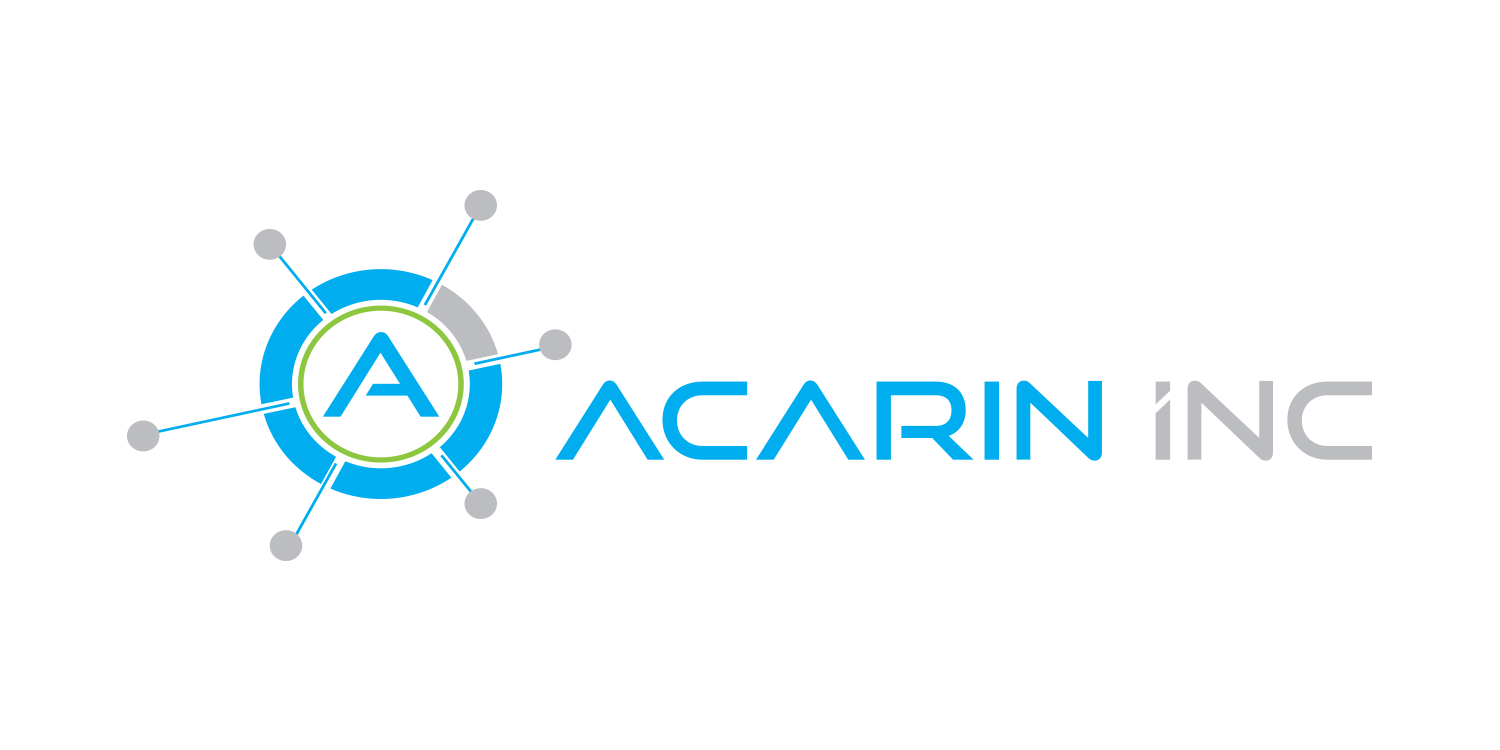

PROJECT
Cloud migration and automation
CLIENT
CIBT
DATE
January 2024
The Goal for Cloud Migration and Automation
CIBT’s objective for cloud migration was to overhaul its infrastructure to support Agile development, enabling more frequent and reliable product releases. A key challenge they faced was streamlining their development technology stack, which hindered efficiency. A core focus of the migration was to lower operational costs by reducing manual processes and improving infrastructure scalability. By embracing automation and fostering better collaboration between teams, CIBT aimed to enhance system performance, increase agility, and align its operations with the fast-paced demands of the digital services industry.
- Legacy Systems: CIBT was operating with legacy infrastructure that was not conducive to modern cloud-native practices. The lack of scalability was impacting service reliability during peak periods.
- Slow Deployment Cycles: The manual nature of the company’s deployment processes led to lengthy software release cycles, which slowed down innovation and time-to-market.
- Operational Bottlenecks: The separation between development and operations created inefficiencies in troubleshooting, monitoring, and managing services. Collaboration was limited, resulting in delayed responses to incidents.
- Security Vulnerabilities: CIBT's outdated infrastructure posed security risks, making it difficult to quickly patch vulnerabilities and keep systems up-to-date.
- Cloud Adoption:
- CIBT moved from a monolithic on-premise infrastructure to a hybrid cloud environment. This allowed for improved scalability, performance, and disaster recovery capabilities.
- Containerization was adopted using Docker and ECS, allowing for more efficient application deployment, scaling, and management across different environments.
- Automation & CI/CD Pipelines:
- The implementation of CI/CD pipelines using tools like GitLab CI and Github Actions automated the testing, integration, and deployment process. This reduced the time required to move from development to production significantly.
- Infrastructure as Code (IaC) was deployed with CDK and AWS CloudFormation, allowing infrastructure to be provisioned, monitored, and managed through code, thus minimizing human error.
- Enhanced Monitoring & Incident Management:
- To improve real-time monitoring and response, CIBT introduced Datadog for end-to-end monitoring of its applications and infrastructure.
- Automation in incident management and alerting systems allowed for proactive identification and mitigation of issues before they impacted end-users.
- Security Automation:
- DevSecOps practices were integrated to address security concerns early in the development process. Automated security testing and patching were implemented through tools like SonarQube and Snyk to ensure secure code before deployment.
- Role-based access controls (RBAC) and security policy enforcement were applied across cloud environments to reduce vulnerabilities.
- Faster Deployment and Time-to-Market: Automated pipelines and cloud-native tools reduced deployment times from weeks to hours. CIBT could now roll out updates, bug fixes, and new features more frequently and reliably.
- Improved Scalability: Migrating to the cloud and adopting containerization enabled CIBT to scale services dynamically, ensuring better performance during peak demand without risking system failures.
- Enhanced Collaboration: The shift to a DevOps model fostered a culture of collaboration between development, operations, and security teams. As a result, issues were resolved faster, and communication between teams improved significantly.
- Better Security Posture: By integrating automated security checks and DevSecOps practices, CIBT reduced security risks and improved its compliance with global standards. Vulnerabilities were caught early in the development process, avoiding costly breaches and downtime.
Operational Efficiency: Automated infrastructure provisioning and monitoring reduced manual intervention and human error, allowing the team to focus on innovation and more strategic projects.
















